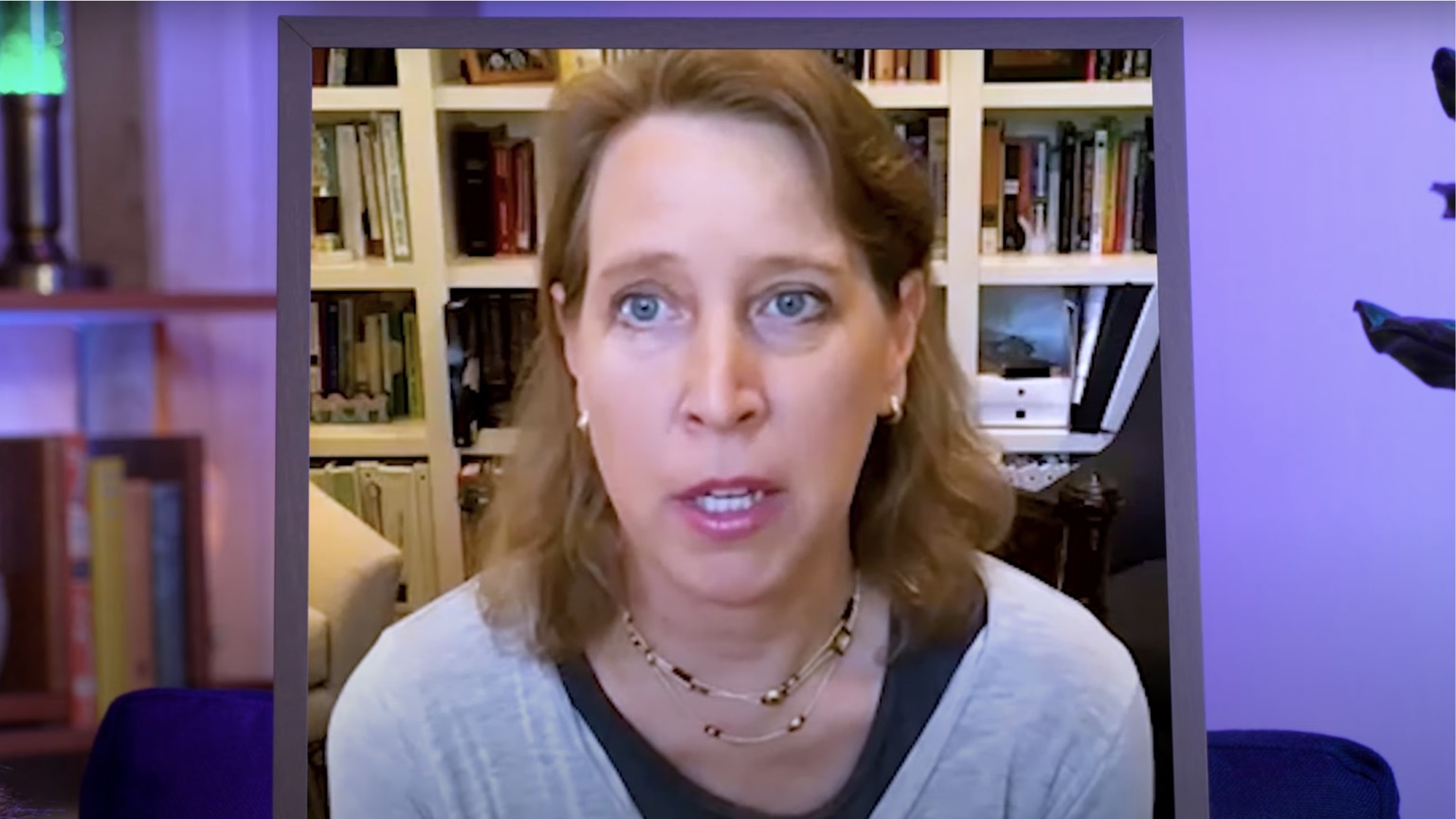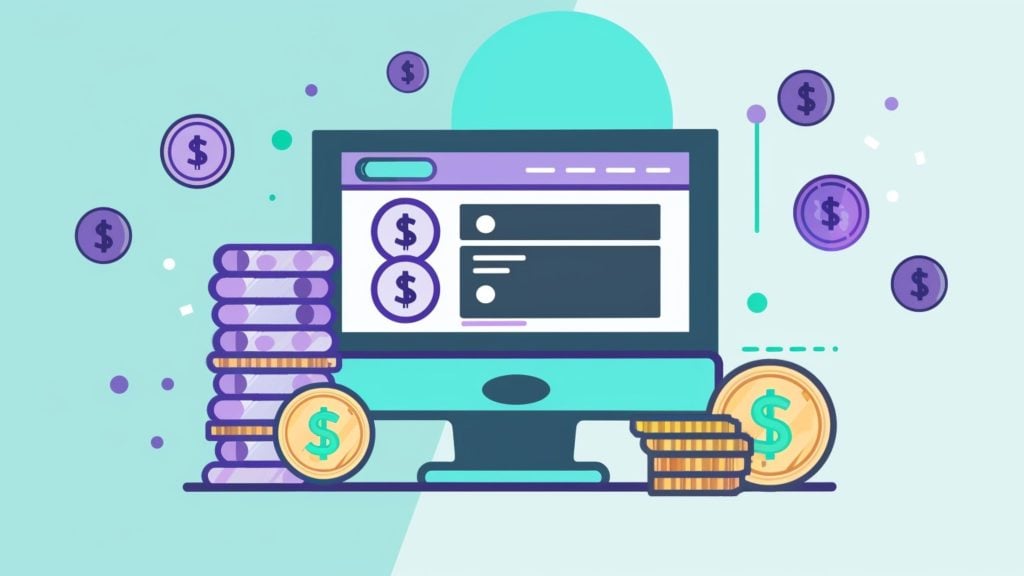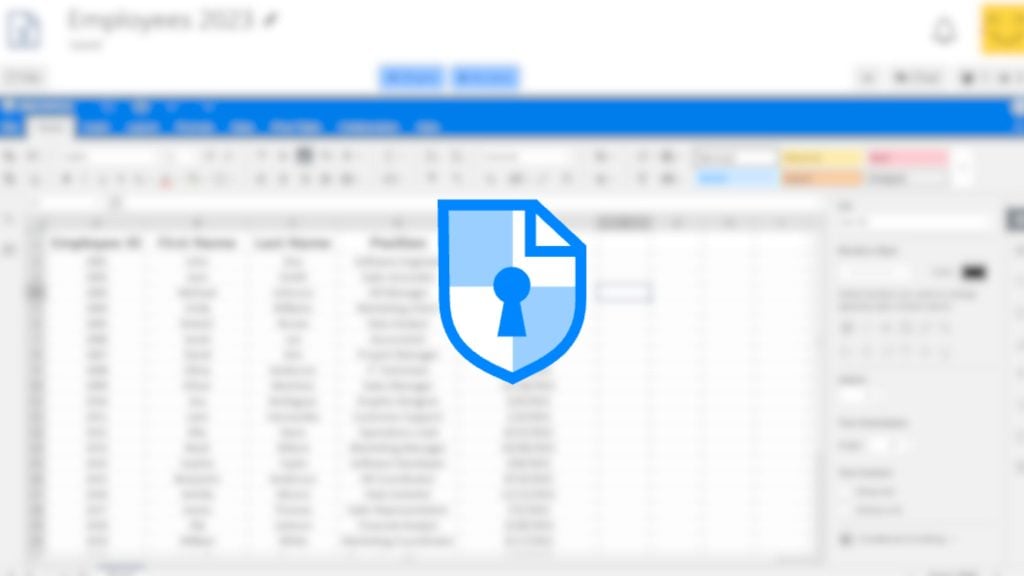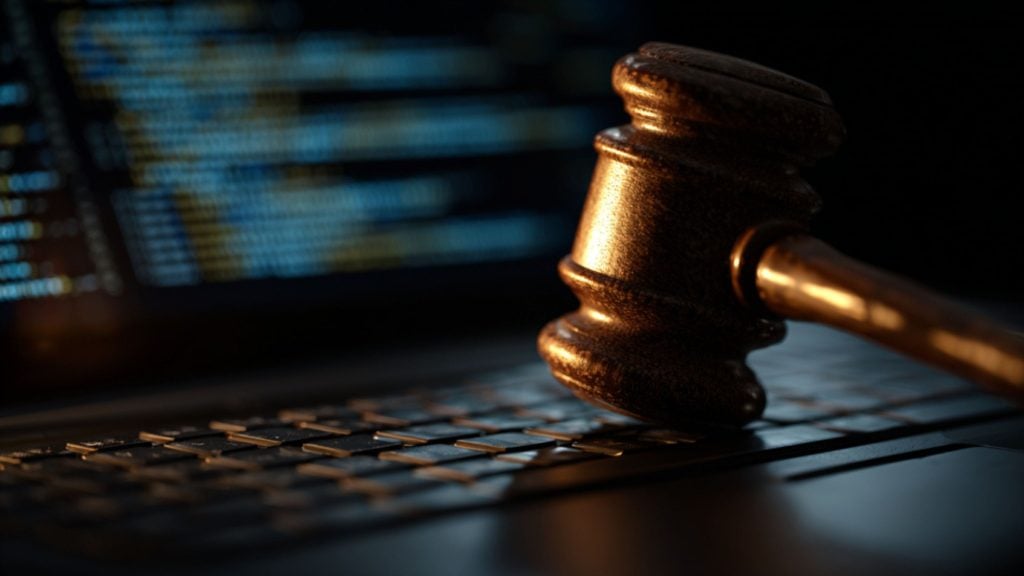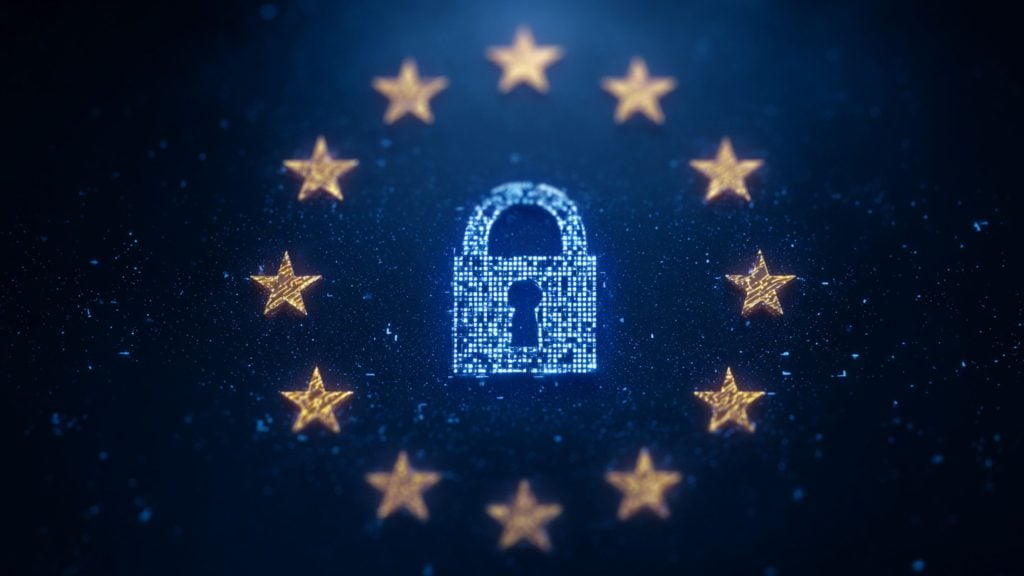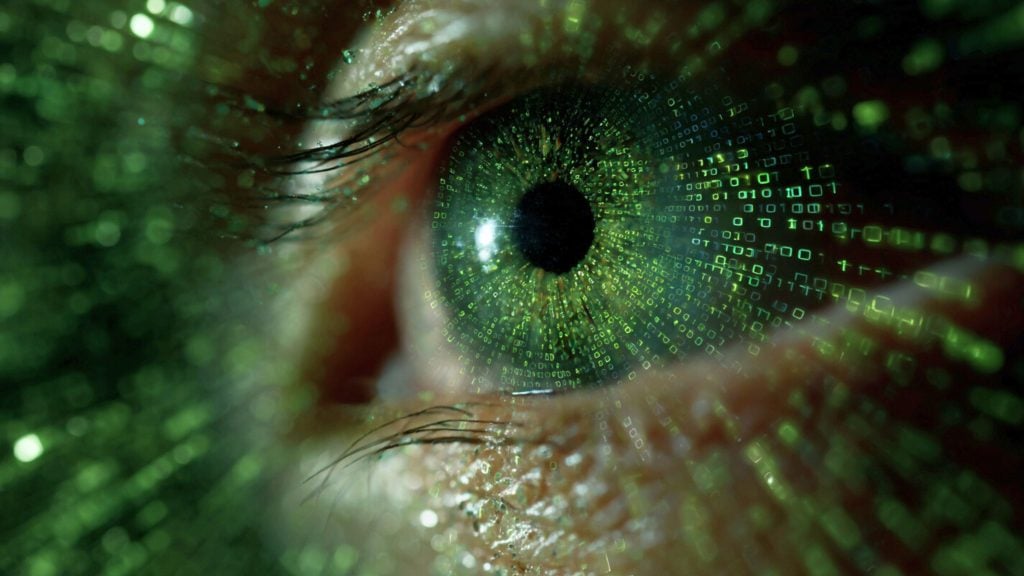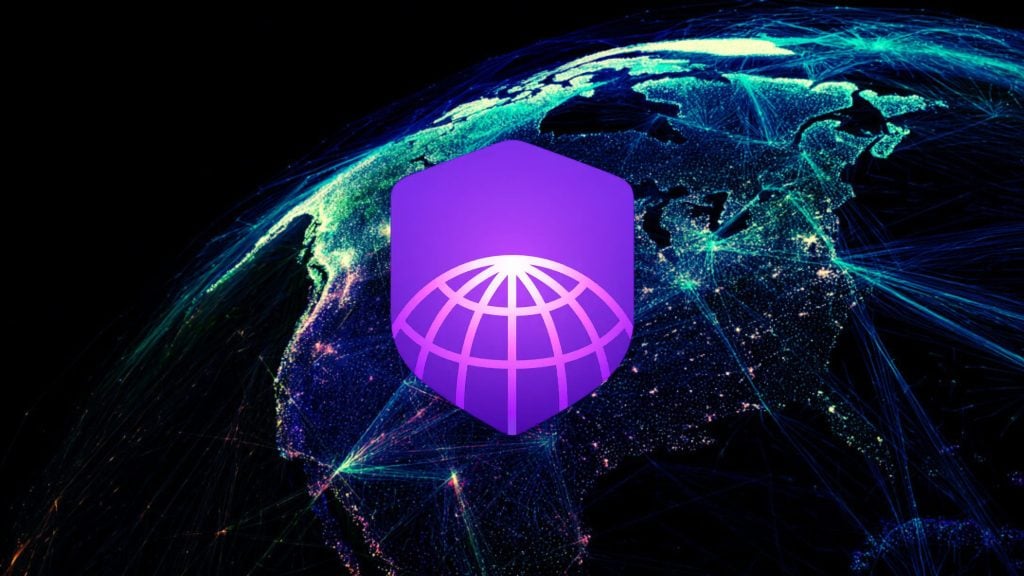During a recent interview with Smosh co-founder and YouTuber Anthony Padilla, YouTube CEO Susan Wojcicki revealed how large corporations use their power and influence to shape the platform rules that impact smaller creators.
Wojcicki was asked by Padilla why YouTube allows “edgier or even straight-up lewd content” to stay monetized and top YouTube’s trending tab if it’s in the form of a music video while “demonetizing and blacklisting the same type of content otherwise.”
“Advertisers have decisions about where their dollars go,” Wojcicki said. “They’re spending money with YouTube and if we put them on a video that they don’t like, they’re gonna, you know, pull spend from that creator going forward and they may pull spend from a lot of other creators and they may pull it from all of YouTube. There is a lot more tolerance from the advertising community to be on music videos when they’re the best selling video, when you have really popular music, you know, that’s like, established and everybody’s singing it and it’s very popular.”
The YouTube CEO continued by detailing how advertisers wield their influence over the video sharing platform.
“You can’t say, like, ‘Hey, like, you need to be on this creator,'” Wojcicki said.
She continued by explaining that if YouTube were to make such a proposition and threaten to take away advertisers’ spend if they don’t comply, advertisers would leave.
“Advertisers will literally choose, like they’ll have a whitelist and they’ll have people in their department and they will say, ‘These are the videos we wanna run on,’ and they’ll just hand us a whitelist,” Wojcicki added.
Click here to display content from YouTube.
Learn more in YouTube’s privacy policy.
YouTube’s past actions have implied that advertisers wield a substantial level of influence over the video sharing platform with YouTube often implementing measures that appear to be an attempt to appease advertisers whenever the company faces controversy.
For example, when popular YouTuber Steven Crowder’s content was the subject of a mainstream media pressure campaign in 2019, YouTube responded by mass demonetizing creators and introducing new sanctions for creators.
This year, YouTube has also confirmed that advertisers directly influence its monetization decisions when Crowder was demonetized again due to “advertiser criticism.”
However, Wojcicki’s comments to Padilla are one of the most detailed explanations from the company to date of how advertisers leverage their power to decide which videos get monetized.
This peek behind the curtain is one of many examples of large corporations using their power to influence YouTube policy in a way that creates double standards and negatively impacts smaller creators.
Other examples include mainstream media outlets getting heavily boosted in YouTube search and recommendations because they’re deemed to be “authoritative sources,” YouTube changing its recommendation algorithm in response to the media’s radicalization theory, YouTube admitting media coverage influences which censored videos get reinstated, and YouTube giving mainstream media outlets an exception to its “hate speech” rules.
This has created an environment where the YouTubers that helped build YouTube into the massive platform it is today now account for just half of the views on the platform and only appear in trending 5% of the time.

